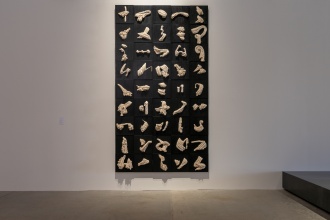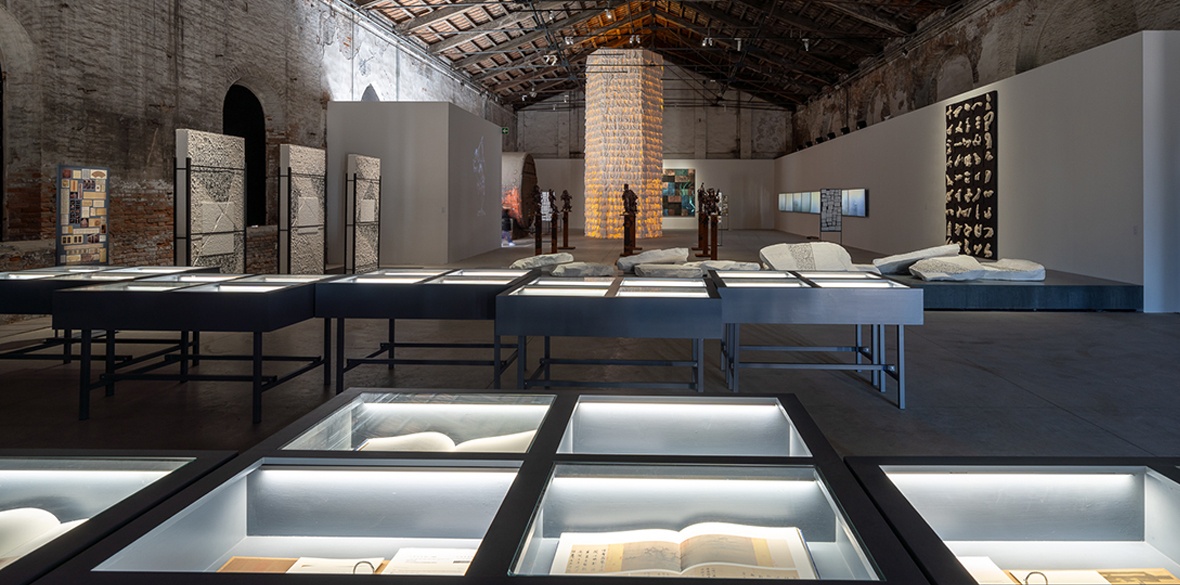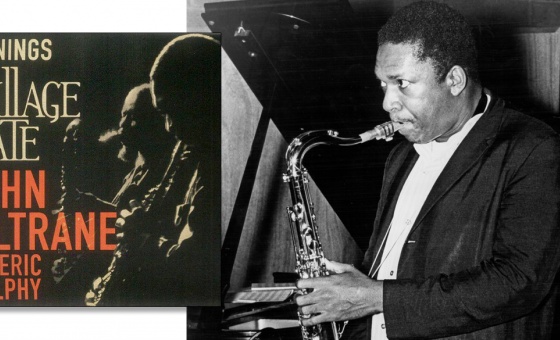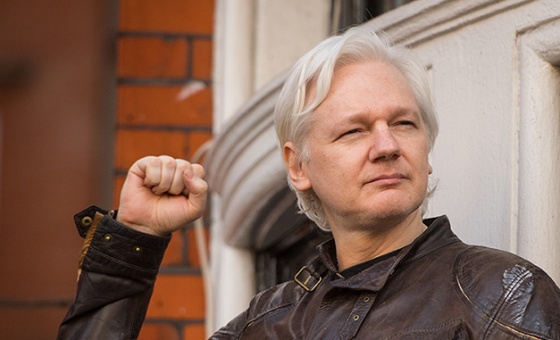This is the last article you can read this month
You can read more article this month
You can read more articles this month
Sorry your limit is up for this month
Reset on:
Please help support the Morning Star by subscribing here
Atlas: Harmony in Diversity
Chinese pavilion, Venice Bienale
VENICE, in all its majesty and cultural splendor, is a city that needs a Biennale more than ever. As the population continues to decline and many buildings lie empty a new focus and cultural re-awakening is vital.
The 60th Biennale, entitled Foreigners Everywhere, is designed to showcase art from around the world and runs from April to November in venues across the city. There are many highlights: painting in the Venice pavilion, the extraordinary film and sonic work about the Ukraine war in the Polish exhibition, the ambition of hyper-historical migrant themes in the Spanish Pavilion.
But the work that perhaps best demonstrates the tightrope balancing act of looking both to the past and future is highlighted at the China Pavilion.
The exhibition, titled Atlas: Harmony in Diversity, is set in a large wood and stone shed-like building, next to where the great Venetian navy was once built. It features historical paintings as well as artworks by seven contemporary Chinese artists and is co-curated by artist-curator Wang Xiaosong, a professor at the Zhejiang University, and Jiang Jun, curatorial member at the 7th Chengdu Biennale and the Guangzhou Triennial 2023.
As in the previous edition, the Pavilion theme was inspired by a Chinese character. This year it alludes to the character ji, whose meanings include the verbs “to collect” or “to converge,” and the nouns “atlas” or “integration.”
The show is divided into two sections. The first, titled Collect, presents digital documentation of 100 ancient Chinese paintings that are currently held overseas, taken from a 19-year-long research project curated by the Zhejiang University and the Zhejiang Provincial Administration of Cultural Heritage that has catalogued more than 12,400 early cultural treasures.

The second section, Translate, elaborates on the idea of dissemination and the inheritance of the ancient pictorial tradition. It consists of a series of seven artworks responding to the ancient paintings in the previous section, each created by a contemporary artist.
A major highlight is by Zhu Jinshi whose work Rice Paper Pagoda (2023) is an architectural column of rice paper named after a Tang Dynasty poet and created for the Chengdu Biennale in 2023. As though inspired by the Tower of Babel, it is composed of thousands of sheets of rice paper, cotton threads, bamboo poles and other environmentally friendly materials, that form a large indoor tower with built-in lighting. The inspiration comes from the architectural imagery of pagodas in Chinese painting.
Che Jianquan’s work Pavilion consists of a seven-screen video and sound work. Pavilions are a classic form of traditional Chinese garden architecture, offering dual perspectives from both the inside out and the outside in due to their open structure. Since 2003 Jianquan has chosen a lakeside pavilion as his subject, spending 20 years continuously capturing the same scene through the seasons from a fixed perspective. The end work has a painterly Monet dreamlike quality.
Shi Hui’s Writing-Non-Writing: The Eight Principles of Yong comprises of a series of framed rope like structures. The work is influenced by calligraphy, incorporating the brushstroke structure of the eight principles which shares the common origin of calligraphy and painting. It replaces drawing with writing, using calligraphic strokes to paint and recombines these strokes into a visually unusual form of abstract expressionism.
Jiao Xingtao’s Soul Rhyme is a series of statues depicting alien-like, warrior and religious figures from the past and future. The artist has used leftover copper strips and sheets from metalworking factories welding them directly to represent his figures. These metal sculptures, each placed on a plinth, are in the style of the pre-industrial era exuding both a nostalgic charm and future vision.
Wang Shaoqiang’s Heritage Reimagined is a series of some 105 colour block seemingly abstract paintings, drawing inspiration from Song Dynasty paintings, absorbing the essence of Song Painting styles to explore the contemporary transformation of traditional paintings.
As visitors exit the pavilion they are met with Qiu Zhenzhong’s two statues entitled Status. These large, black, spider-like objects, that materialise the abstractness of Chinese calligraphy, serving as a reinterpretation of the artificial mountains and peculiar pines found in traditional Chinese painting.
A stunning end to a series of bold, optimistic, and above all spiritual set of works.
Runs until November 24 2024. For more information see: labiennale.com









